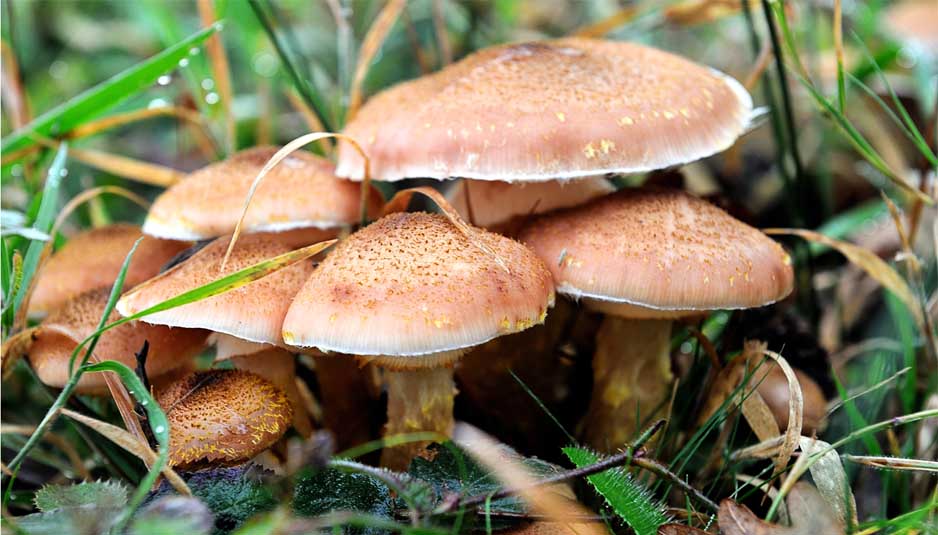Ecosustainability: a mushroom for the building
The new frontier of thermal insulation. An ecological, economical and practicality and multiplicity of application

america.aljazeera.com
How many of you are left in disbelief? Yes, we are telling the truth, the mushroom, or rather its roots, includes features that allow the exploitation also in the construction field and beyond.
In a competition organized by the Cradle-to-Cradle Products Innovation Institute named ‘Product Innovation Challenge’, aimed at selecting the best building materials sustainable and establish a ranking of the ten most innovative materials, the mycelium of the mushrooms has been ranked first .
FEATURES
images.gizmag.comThe resource in question is an element environmentally friendly, able to physically wipe environment in which he lives. In fact, it feeds dead substances, by recycling the organic compounds, then transformed into inorganic substances such as water, carbon dioxide and mineral salts. Excellent as an insulator for the insulation of the structures, as it ensures an excellent resistance to temperature changes, especially if placed in contact with wood walls, which ensures long life and resistance to fire, but above all it is convenient at the economic level.
APPLICATIONS
The potential and the scope of the roots of the mushrooms (mycelium) ecological, renewable, natural and at the same time high performance are countless:
- A company specializing in green technologies (Ecovative) ushered in a pretty and tiny house, the Mushroom Tiny House. The experiment is done in Green Island, New York, where he was made a little house for little more than 5 square meters, which compensates for its small size with high energy performances, where thermal insulation in the walls of wood is guaranteed from these precious mycelia. The walls of the house are made of two layers of pine wood between which is interposed the mycelium (the vegetative apparatus of the mushrooms) together with natural agricultural wastes, such as stems of plants and seed husks. The fungi that grow on wood shavings, developing, solder a chip to another as would a glue or resin.
- Another American company, the Planetary one, has experienced another idea: create a series of brick called “Mycoform“. The spores are exploited according to a particular process: arranged in a mold and fed with agricultural products. So, in no time, growing up, fill the form and you get a matte texture and light that creates a real brick. It also uses much less energy to produce these bricks than the construction materials used routinely. According to some experts the biomaterial would be even stronger than concrete.
- It is also proposed as a solution to plastic bags and packaging in place of foams in EPS, EPP, EPE (polystyrene, polypropylene and polyethylene foam). In this case the mushrooms are grown so as to obtain a packaging material resistant such as those used for the transport of wine for example.
ECONOMIC SUSTAINABILITY , EFFICIENCY AND DEVELOPMENT
meteoweb.euIn addition to the resistance and eco-sustainability of a similar material, you can not underestimate another important aspect: the economic one. Grow building materials derived from mushrooms has a fraction of the cost when compared to traditional building materials. And in fact, in addition to the excellent performance in terms of sustainability, the small house costs very little: $ 0.25 for each “board foot”, ie for each “square foot of one inch thick” (equal to about 2.35 liters of product); the price is similar to that of the panels and SIP still less than the cost that would insulate a normal wall, purchasing screws, insulation, and paying the workers.
Good insulation provides significant energy savings and is a necessary condition to achieve well-being temperature and humidity of a building. One of the most common insulation used in building construction is the polystyrene; to produce a cube of 33 cm side, it takes about 1.5 liters of oil, which are known, is a pollutant.
Also the research of new formulations has continued in these years and led to the development of new mixtures using various food products as starting biomass, to obtain different density of the material, different security features and various aesthetic effects.
©Close-up Engineering – Allrightreserved
